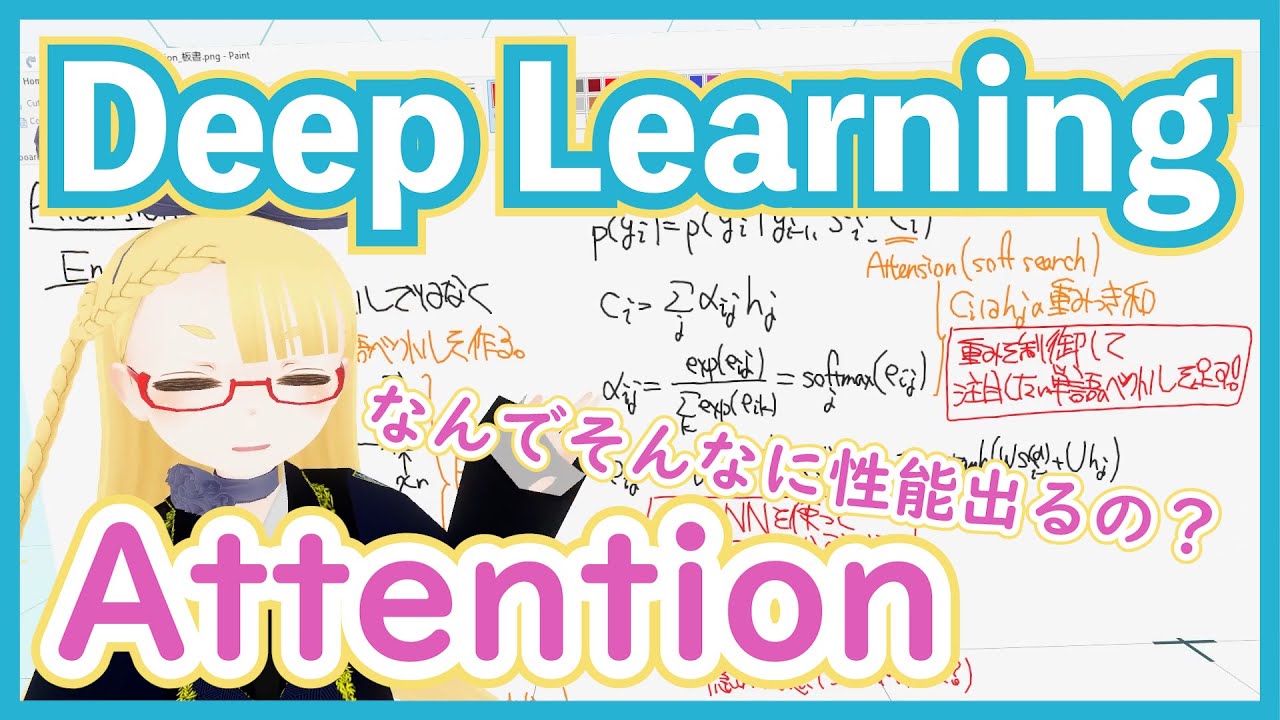How The Economic Machine Works by Ray Dalio
Summary
TLDRこのビデオスクリプトは経済の基本的な仕組みを30分で説明しており、経済は単純な機械的な動作をしています。経済は取引から成り立っており、その動向は生産性の向上、短期および長期の債務サイクルという3つの主要な力によって左右されます。信用は経済の中で最も重要で最も理解されていない部分であり、経済成長を促進する自己増強的なパターンを作り出します。しかし、債務の増加は長期的には問題を引き起こし、デフレージングが始まることがあります。政策立案者が適切なバランスを保てば、美しいデフレージングを達成し、経済は徐々に回復していきます。
Takeaways
- 🌟 経済は単純な機械的な仕組みで動作し、人間の本性に基づく取引によって駆動されます。
- 💰 経済は取引の集まりであり、それらの取引は経済を形成する最も基本的な要素です。
- 📈 信用は経済の中で最も重要で理解されがたい部分であり、経済の最大の変動要素です。
- 🔄 短期債務サイクルと長期債務サイクルは、経済を動かす3つの主要な力の2つであり、経済の動きを追跡する良いテンプレートを提供します。
- 🏦 政府は経済の最大の買手と売り手であり、中央銀行は経済におけるお金と信用の量をコントロールする重要な役割を果たします。
- 📊 債務は経済の短期的なスイングを主導するが、生産性成長は長期的な経済成長の鍵を握ります。
- 🔃 債務の増加は経済サイクルを作り出し、借り入れと返済のサイクルは経済の機械的な予測可能な一連の出来事を引き起こします。
- 📉 デフレや不況は信用の縮小によって引き起こされ、経済活動の減少は債務負担の増加につながります。
- 🛑 デフレバーシングは債務負担を軽減する必要があり、政府と中央銀行は協力して経済を刺激する财政・金融政策を実施します。
- 🌱 経済はデフレバーシングを乗り越え、債務負担が下がり、経済活動が正常に戻るまで数年以上かかることがあります。
- 📚 スクリプトは経済の基本的なルールを3つ示しており、債務、収入、生産性のバランスを保つことの重要性を強調しています。
Q & A
経済の基本的な仕組みはどのようなものですか?
-経済は単純な機械的な仕組みで、人間の本性によって駆動される単純な取引から成り立っています。経済は生産性成長、短期債務サイクル、長期債務サイクルという3つの主要な力によって動きます。
取引とは何か、またなぜ経済において重要なのですか?
-取引は買者が商品、サービス、または金融資産を売る者とお金や信用を交換する行為です。経済はその取引の合計であり、経済を理解するためには取引を理解することが重要です。
信用とは何で、経済においてなぜ重要なのですか?
-信用は貸し手がお金を貸し、借り手が返済することを約束することによって生み出される金融的な手段です。経済の中で最も大きな而且在経済において重要なのは、それが最大かつ最も不安定な部分であるためです。
短期債務サイクルとは何で、どのようなプロセスを経ますか?
-短期債務サイクルは経済活動の増加と減少を繰り返す5~8年で繰り返されるサイクルです。これは信用の利用の容易さによって経済拡大や後退が決まります。
長期債務サイクルとは何で、なぜ重要なのですか?
-長期債務サイクルは75~100年で繰り返されるサイクルで、債務と収入のバランスが経済成長に影響を与えます。債務の負担が大きくなれば経済はデフレやデリーバーラジングに陥ります。
デリーバーラジングとはどのような経済状態であり、どのように対処するべきですか?
-デリーバーラジングは債務の負担が大きすぎて返済が困難になり、経済が縮小する状態です。債務の削減、支出の削減、富の再分配、中央銀行による新しいお金の印刷が対処策として挙げられます。
経済において生産性とは何を意味し、なぜ重要なのですか?
-生産性は人々の知識や技術の蓄積によって生活水準を向上させる能力を指します。長期的には生産性の向上が経済成長を支えます。
金利が経済に与える影響は何ですか?
-金利が高いと借り入れが高価になり、信用創出が抑制され、経済活動が減少します。逆に、金利が低いと借り入れが安くなるため、信用創出が増加し経済活動が増加します。
経済のサイクルはどのようにして形成されるのですか?
-経済のサイクルは信用の利用と返済の繰り返しによって形成されます。信用を利用して消費すると、将来的にはその分を返済しなければならないため、経済活動は周期的に増減します。
経済のデフレとインフレーションの違いは何ですか?
-デフレは物価が下がること、インフレーションは物価が上昇することを指します。デフレは支出の減少につながり、インフレーションは支出の増加につながります。
政策立案者がデリーバーラジングを乗り越えるためにはどのようなバランスを保つ必要がありますか?
-政策立案者は支出の削減、債務の削減、富の再分配、新しいお金の印刷の4つの方法を適切にバランスさせることで、経済と社会的稳定性を保つ必要があります。
Outlines

このセクションは有料ユーザー限定です。 アクセスするには、アップグレードをお願いします。
今すぐアップグレードMindmap

このセクションは有料ユーザー限定です。 アクセスするには、アップグレードをお願いします。
今すぐアップグレードKeywords

このセクションは有料ユーザー限定です。 アクセスするには、アップグレードをお願いします。
今すぐアップグレードHighlights

このセクションは有料ユーザー限定です。 アクセスするには、アップグレードをお願いします。
今すぐアップグレードTranscripts

このセクションは有料ユーザー限定です。 アクセスするには、アップグレードをお願いします。
今すぐアップグレード関連動画をさらに表示

すぐにわかる行動経済学

【要約】いつも「時間がない」あなたに 欠乏の行動経済学【センディル ムッライナタン】

Gitの基本コマンドまとめ【Git入門講座#3】

【新NISA時代に学ぶべきお金のコト】『きみのお金は誰のため』著者&元ゴールドマン・サックス証券金利トレーダーが岸田首相に提言/物価上昇でも賃金が上がらない理由とは【MONEY SKILL SET】

アイドルを例に・・・ブランディングを使った”人がファンになる仕組み”

【深層学習】Attention - 全領域に応用され最高精度を叩き出す注意機構の仕組み【ディープラーニングの世界 vol. 24】#095 #VRアカデミア #DeepLearning

【マクロ経済学】003 マクロ経済学とは
5.0 / 5 (0 votes)